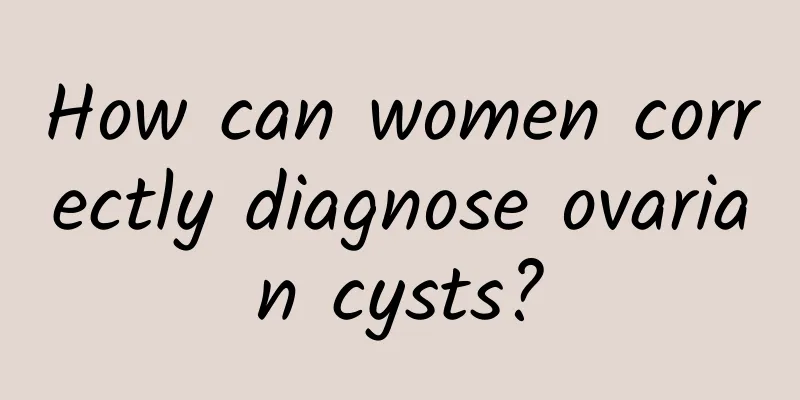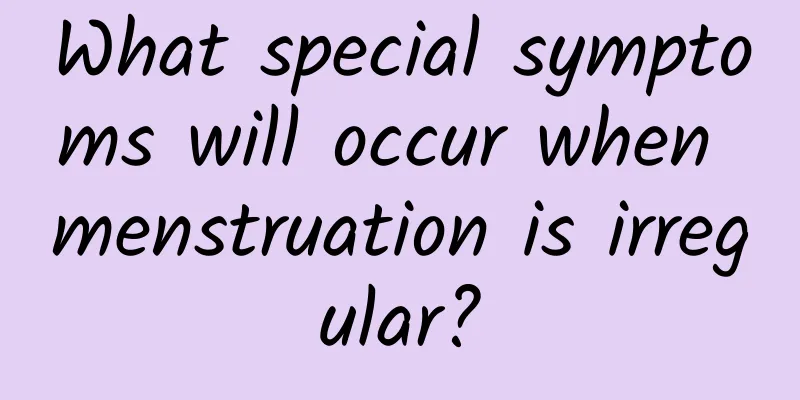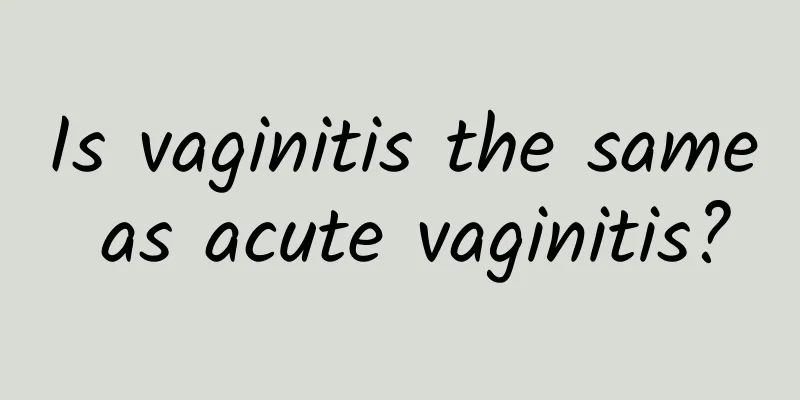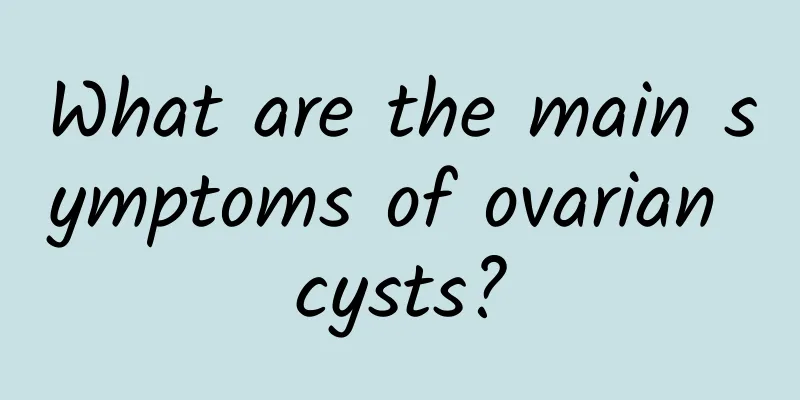What is the cause of female infertility after abortion? There are two main causes of female infertility after abortion.
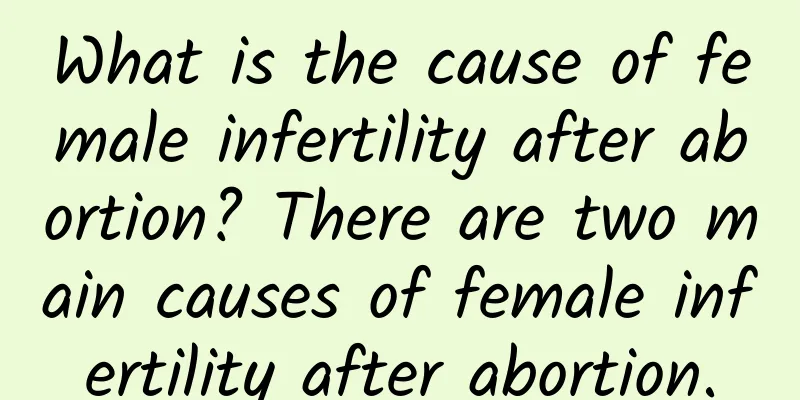
|
Infertility after artificial abortion accounts for a certain proportion of infertility, and there is a trend of increase. There are two main causes of infertility after artificial abortion (blockage, poor patency), and the other is intrauterine adhesion. According to the author's recent statistics, abnormal patency of fallopian tubes accounts for 56.82% of infertility after artificial abortion, and intrauterine adhesion accounts for 60.71%, which is a very high proportion. As for other causes such as endometriosis and corpus luteum insufficiency after artificial abortion, the incidence is relatively lower than the first two. The first two are also the focus of treatment. The following methods can be used in combination to treat fallopian tube patency: intramuscular injection of chymotrypsin; Chinese medicine can be used for blood circulation, stasis and stagnation, heat-clearing and detoxifying drugs, oral administration, enema, and abdominal external application. Tubal ventilation, fluid perfusion, and physical therapy can also be performed to achieve better results. In recent years, a few hospitals in China have used hysteroscopic catheterization and fluid perfusion to treat abnormal fallopian tube patency, and have achieved satisfactory results. The specific method is to insert a thin plastic tube into the fallopian tubes on both sides under direct vision of the hysteroscope, and inject gentamicin, dexamethasone, saline or procaine through each plastic tube. The drug has anti-inflammatory and adhesion-releasing effects, and the pressure during the injection of the drug can clear the blocked fallopian tube. Because the fallopian tube is directly injected and pressurized, the effect is significant, and the fallopian tubes of some patients can be cleared. Treatment of intrauterine adhesions usually involves separating adhesions with a probe or a small curette. This method is performed without direct vision and is extremely blind, so the adhesion separation is not thorough and is prone to damage to the surrounding normal endometrium and myometrium tissue. Currently, the preferred method is to perform adhesion separation under direct hysteroscopy. Since adhesions are clearly visible, not only can the scope of adhesions be seen, but also the nature of adhesions can be identified, so the separation is thorough and does not damage the surrounding normal tissues. In this case, Ms. Chen had adhesions at the opening of the right fallopian tube, which were precisely separated under direct hysteroscopy to reveal the opening of the fallopian tube, and the blocked fallopian tube was cleared through intubation and fluid perfusion. This treatment effect cannot be achieved using general methods of separating adhesions. It can be seen that hysteroscopy has a dual role in diagnosis and treatment of abnormal fallopian tube patency and uterine adhesions, and is an effective method for diagnosing and treating infertility after abortion. This operation is safe and painless. The operation is performed about 3 days after the menstruation is over. |
Recommend
Nursing experience of endometrial tuberculosis
Patients with endometrial tuberculosis often see ...
Can I take fluconazole if my vaginitis relapses two days after I got the HPV 9-valent vaccine?
If vaginitis recurs two days after receiving the ...
The causes of ovarian cysts are very wide
Ovarian cysts have become a common disease in our...
Pumpkin helps you lose weight and fight cancer, it’s a superfood! Eating pumpkin with skin and seeds has amazing benefits
Taiwan produces pumpkins all year round. Pumpkins...
Emotional disorders are also the cause of menstrual disorders
Patients with menstrual disorders should all know...
Let you learn more about the symptoms of severe cervical erosion
Cervical erosion is one of the common gynecologic...
What is the most effective treatment for vulvar leukoplakia?
What is the most effective treatment for vulvar l...
What are the causes of premature amenorrhea?
The causes of premature amenorrhea include geneti...
Women should be alert to the dangers of candidal vaginitis
Candidal vaginitis can be said to be a very commo...
What are the typical symptoms of vulvar leukoplakia?
Vulvar leukoplakia does bring a lot of pain and i...
Several common complications of adnexitis
Adnexitis is one of the most serious gynecologica...
Daily care for patients with ectopic pregnancy is very important
At present, the occurrence of ectopic pregnancy s...
Is irregular menstruation related to the liver?
Is irregular menstruation related to the liver? I...
Can I check my sex hormones if there is no bleeding on the fourth day of my period?
Can I check my sex hormones if there is no bleedi...
Peanut glutinous rice balls vs. sesame glutinous rice balls, which one has the highest calories? Nutritionist: 4 tips to avoid getting fat
The Lantern Festival is coming soon. According to...



